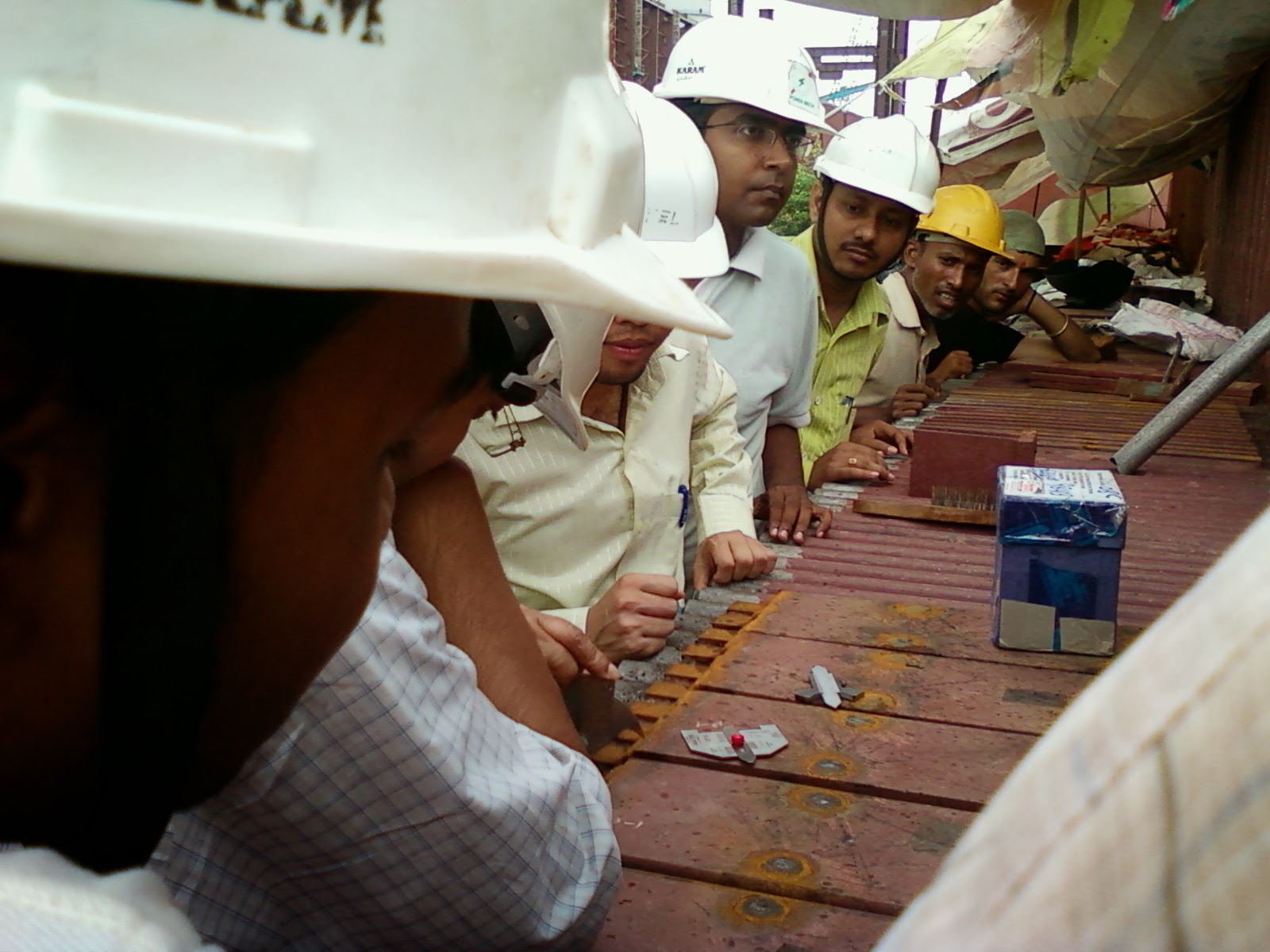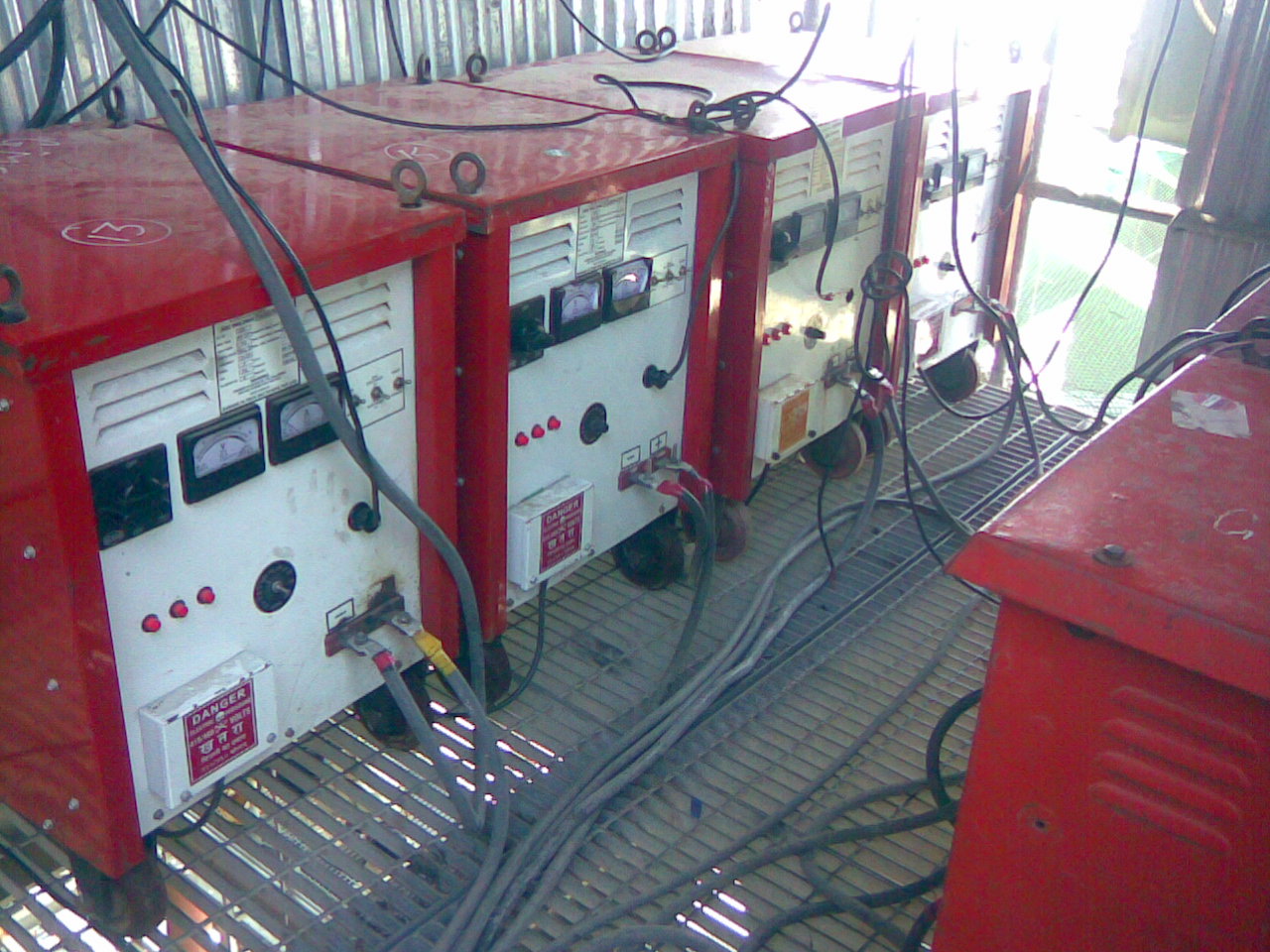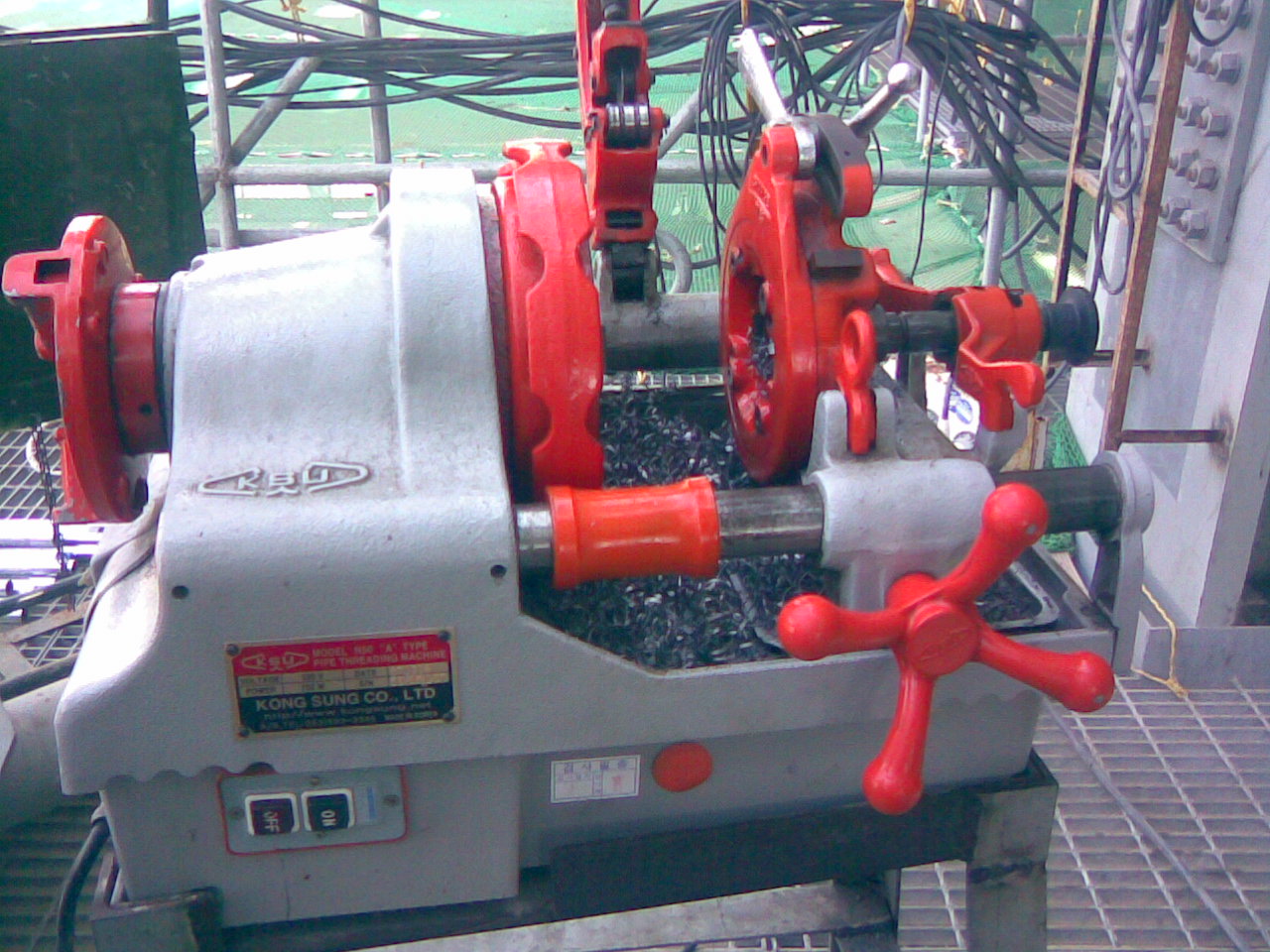Visual inspection
Visual inspection is most widely used NDE tool. It is simple
widely used and can be
carried out quickly and cheaply. A specimen can be
tested with different NDE process
but before carrying out any examination
visual inspection to be carried out. A visual
inspection can reveal many things
such as quality of weld, presence or absence of
cracks, surface porosity,
misalignment etc. Basic principle of carrying out visual
inspection is to
illuminate the weld area sufficiently to observe the defect. Visual
inspection
can be carried out with many observation tools like mirror, telescope,
periscope and boroscope.
Present day Boroscopic inspection is required to be carried out at different places
of thermal power station. A boroscope inspection is carried out in different headers,
tubes etc wherever easy access of visual inspection is not there. A modern day
Boroscopic instrument consist of light fibre optic cable, lenses etc to get the exact
visual of the weld area.
Different types of gauges are also available as aid for
visual inspection. Theses
are Taper gauges, Hi-Lo gauges, Filler gauges and
multipurpose gauges.
Before welding a few points needs the attention of site
engineers.
1. Review of drawings and specification.
2. Check the qualification of personnel and procedures.
3. Check the alignment /fit up of weld joints.
4. Follow WPS and Field Quality Plan
5. Surface cleanness of the weld.
Welding Procedure (WPS)
-
It should ensure correct welding procedure is
employed.
-
Welding procedure should be well documented considering
all aspect of welding.
-
Prior to welding base material identification
including cleanness to be checked.
-
For joint fit up one should check groove angle,
Root Opening, Backing, etc.
During Welding following aspect needs to be checked.
Quality of Root bead to be
checked.
Joint Root preparation before the
welding second side.
Preheat and inter pass
temperature.
Sequence of weld Pass.
Inter Pass Cleaning
After Welding Following points
need to be checked.
Final weld appearance, Final weld
Size.
Weld length, Dimensional accuracy,
amount of distortion,
Post heating and Post weld heat treatment,
Checking Discontinuity.
Following Discontinuities are
generally present in the weld.
Porosity, Incomplete /lack of fusion,
Incomplete Joint penetration, Undercut,
Overlap, Cracks, Slag inclusion,
Excess Reinforcement etc.
While code permits limited number
of such discontinuities. But discontinuities listed
Below are never allowed.
Cracks and incomplete fusion.
Undercut, overlap and improper
contour results in stress raiser
One of the important aspects is
illumination during visual inspection. Some codes specify
16 lux for general inspection and
54 lux for discontinuities.
Welding training is going on both at class room and at site with welding gauge by welding
experts from NDE examination.
P.S If you are looking to earn few legitimate extra money from the comfort of your home then please click on the link given below
LINK 1 - PLEASE CLICK HERE
LINK 2 - PLEASE CLICK HERE
LINK 1 - PLEASE CLICK HERE
LINK 2 - PLEASE CLICK HERE


.jpg)
